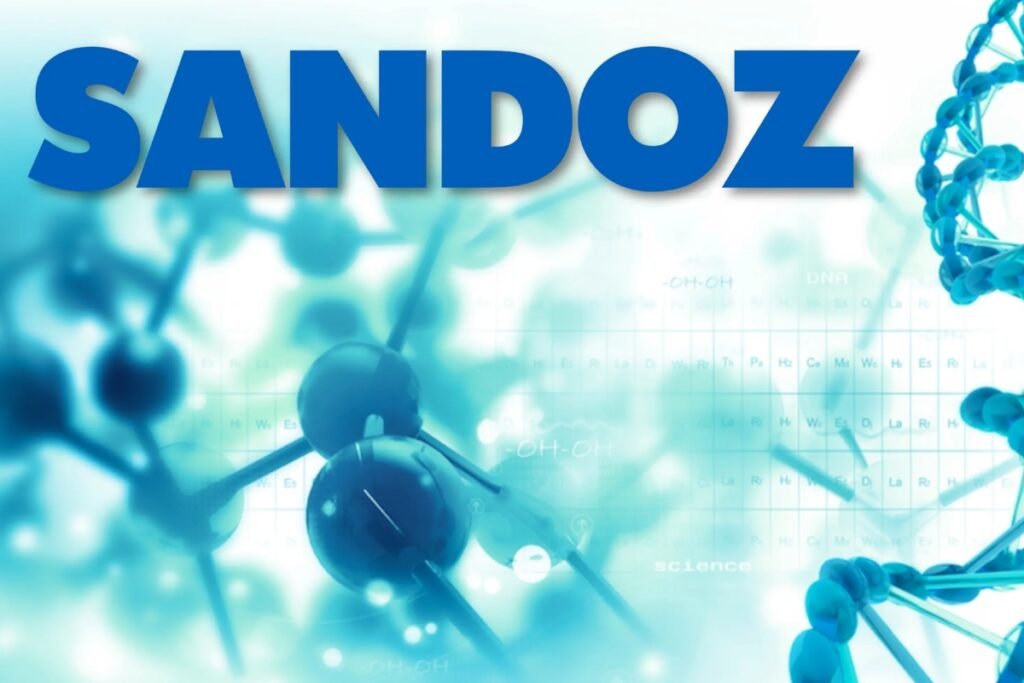Sandoz, the generics and biosimilars division of Novartis, is set to become an independent company and is determined to reverse its declining revenue trend since 2016. The company anticipates that its pipeline products, particularly biosimilars, will contribute $3 billion in sales over the next five years.
In an investor presentation held in New York City, Novartis unveiled its projections during the first of two Capital Markets Days. Sandoz predicts that the sales decline will cease this year and expects mid-single digit net sales growth, which will continue until 2028. Furthermore, the company aims to double its cash flow compared to last year’s $800 million figure.
Sandoz’s CEO, Richard Saynor, emphasized that investing in high-value biosimilars is crucial for achieving growth. The company currently has an industry-leading pipeline of 24 biosimilars. Saynor highlighted their progress, stating, “In the last four years, we’ve nearly tripled the number of biosimilars in partnership and development,” Saynor said. “More than 50% of the launch contribution going forward will come from biosimilars, driving the mix and driving the growth.”
Sandoz is prepared to introduce four biosimilars in the United States, including a replica of AbbVie’s highly successful drug Humira, which is scheduled for launch on July 1. Additionally, they are developing biosimilar versions of Biogen’s Tysabri and Regeneron and Bayer’s Eylea.
“I see strong growth drivers in terms of accessing that opportunity,” Saynor said. “And the biosimilar element will be the fastest growing with relatively lower levels of competitive intensity.”
Sandoz strength in both generics—where it has more than 400 products—and biosimilars puts it in an advantageous position compared to others in the industry, Saynor added.
“We have the cash generation and the scale that the small molecules bring, with the long-term cash and margin-expansion opportunities that biologics have,” Saynor said. “There are strong synergies by having the two in terms of development and also in terms of our commercial capabilities.”





























